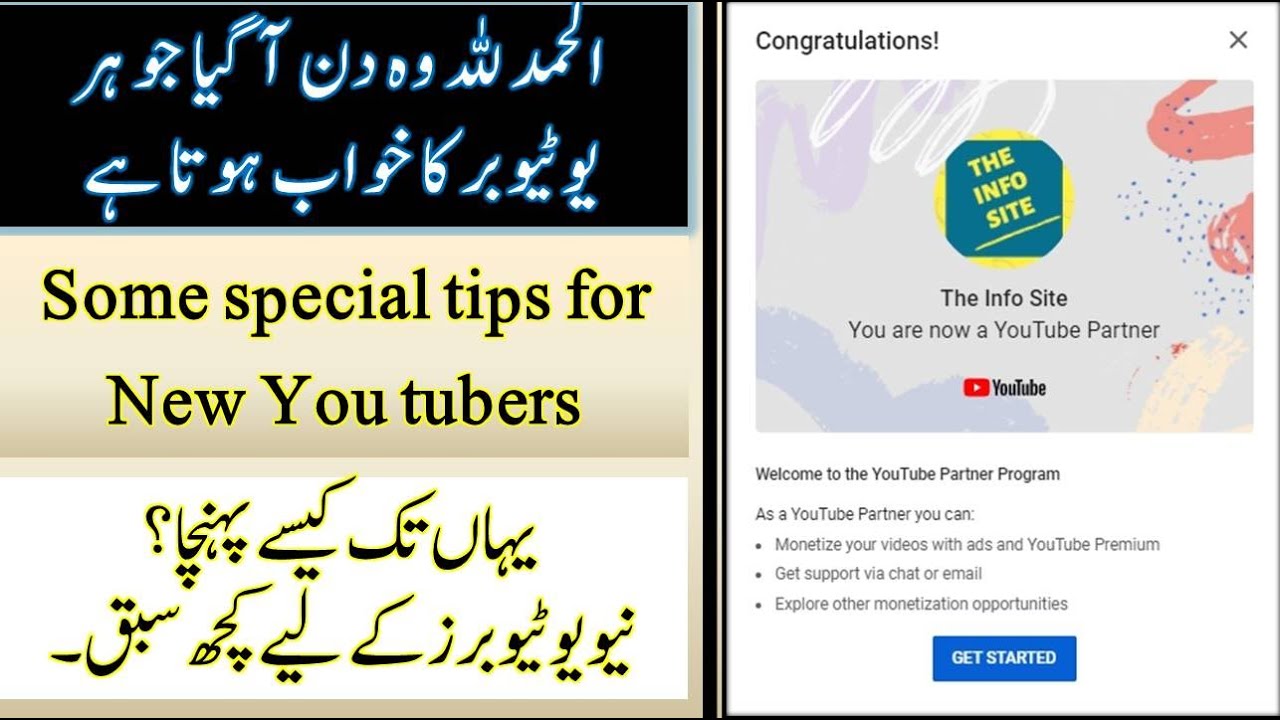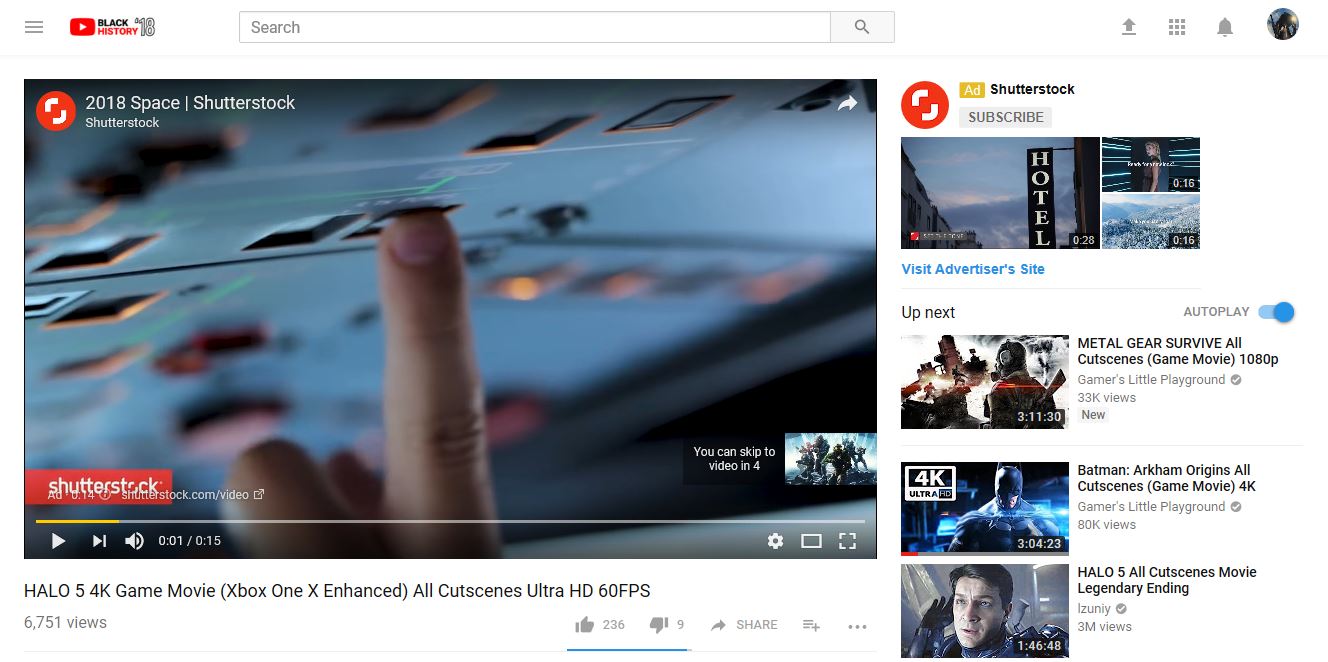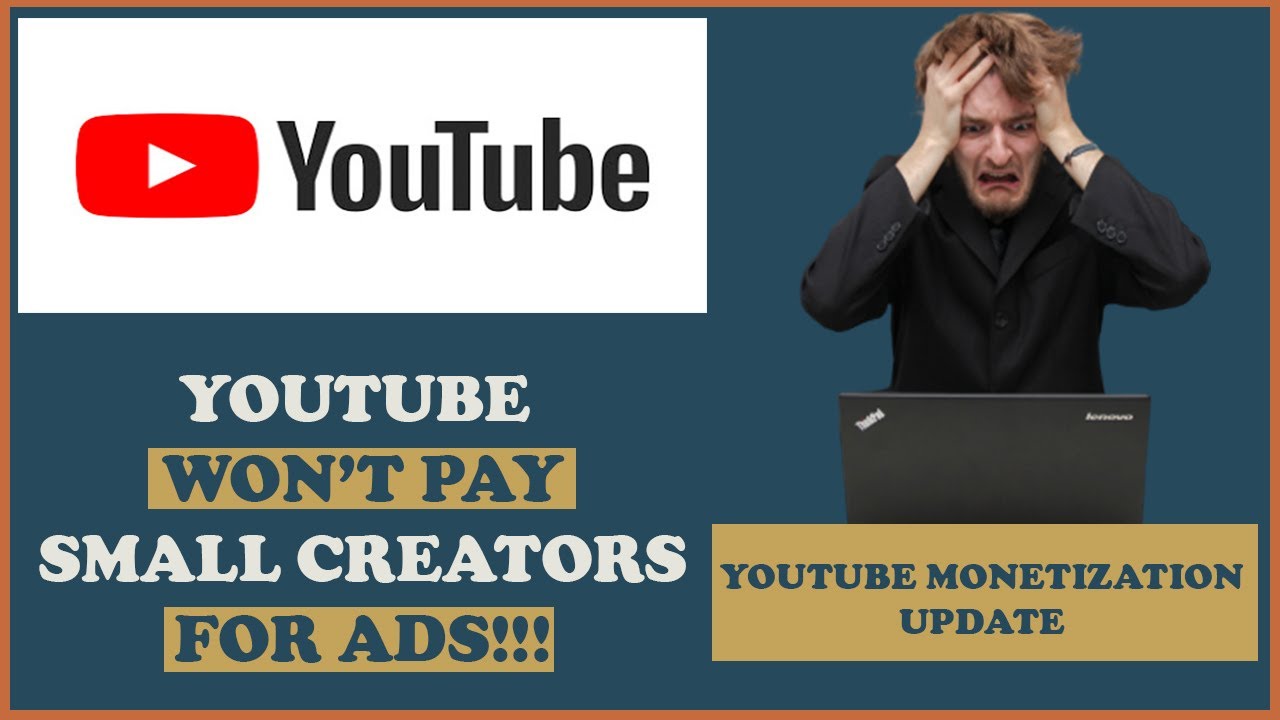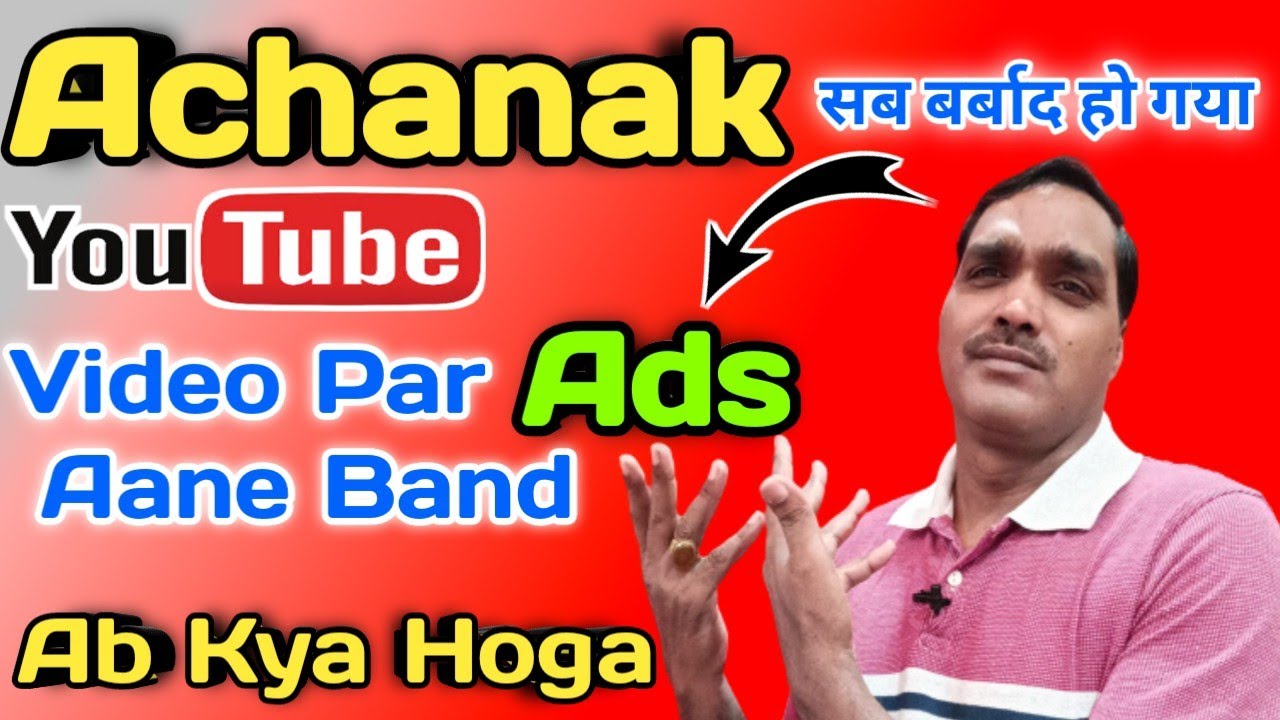YouTube has transformed dramatically since its launch in 2005, evolving from a simple video-sharing platform to one of the most robust digital ecosystems available today. Central to this evolution is the concept of monetization, which has shaped the way creators and users interact with the platform. In this post, we'll take a closer look at how YouTube introduced ads, the different monetization strategies it has employed over the years, and how these strategies have affected the platform and its users. Grab your popcorn; it’s time to explore the journey of
The Early Days of YouTube

When YouTube first launched in 2005, it was a revolutionary concept: a user-friendly platform where anyone could upload, share, and watch videos. Surprisingly, in its early days, YouTube did not feature ads. It was primarily funded by venture capital combined with the idea of creating a community for video sharing.
- User Generated Content: The focus was on the community and user-generated content rather than making money.
- No Ads: This gave creators freedom without the pressure of monetization – videos could be shared solely for entertainment or education.
However, as the platform gained immense popularity, YouTube began exploring ways to monetize its service. By 2006, users were uploading hundreds of videos daily, and the company recognized the potential revenue stream from advertisements.
After being acquired by Google for $1.65 billion in stock, YouTube started to implement its first monetization strategies. It laid the groundwork for what would eventually become a complex advertising model that incorporates various ad formats.
While the absence of ads initially created a unique ecosystem for sharing content, the introduction of monetization soon became essential to sustain the platform. This shift paved the way for a new era of content creation, turning amateur creators into professional influencers.
| Year | Milestone |
|---|---|
| 2005 | YouTube launches without ads. |
| 2006 | YouTube starts experiencing massive growth. |
| 2006 | Google acquires YouTube. |
| 2007 | Introduction of the Partner Program. |
This table highlights the major milestones in YouTube's monetization journey, illustrating how the platform evolved from a simple video-sharing site to a monetization powerhouse.
Introduction of Ads on YouTube

When YouTube first launched in 2005, its focus was on providing a platform for users to upload and share videos for free. The idea of ads wasn’t even on the radar at that time. However, as millions of users flocked to the platform, it became apparent that monetization was necessary to sustain its growth and provide creators with some financial incentives.
In 2007, YouTube introduced its first advertising model: the Google AdSense for video. This was a game-changer! For the first time, creators could earn money through advertisements displayed alongside their videos. This included:
- In-stream ads: These are the ads that viewers must watch before they can view the content they were interested in.
- Display ads: These are ads that appear next to the video or in the search results.
Initially, the ad revenue generated would benefit YouTube, but soon, a revenue-sharing model was established, allowing creators to receive a portion of the earnings. This encouraged more content production and significantly broadened the platform's appeal. Think about it: who wouldn’t want to earn some cash for their creativity?
Over time, YouTube’s introduction of ads transformed not just the platform but also the entire landscape of online video. It made the platform more economically viable while providing creators opportunities for income, thus setting the stage for the future of digital advertising and content creation as we know it today.
Evolving Advertising Strategies Over the Years

Once YouTube introduced ads, it didn’t just stop there; it continually evolved its advertising strategies to keep up with changing viewer habits and technological advancements. Let’s take a closer look at some notable shifts over the years:
- Targeted Advertising: With powerful algorithms at its disposal, YouTube began personalizing ads based on user behavior and preferences, making the ads more relevant and engaging.
- The Rise of Sponsored Content: As influencers started to dominate the platform, brands began leveraging them for sponsored videos. Instead of traditional ads, viewers would see organic promotions that fit seamlessly into the content.
- Skippable Ads: Introduced in 2016, skippable ads allowed users to skip non-premium advertisements after a few seconds. This increased viewer satisfaction while still giving advertisers a chance to reach audiences.
- YouTube Premium: Launched in 2018, YouTube Premium allowed users to pay for an ad-free experience. This shift gave viewers a choice while advertisers still had other avenues to reach users who were interested in free content.
Overall, these evolving advertising strategies reflect not only YouTube’s adaptability but also its commitment to enhancing user experience while maximizing revenue for both the platform and its creators. As we look ahead, who knows what innovative ad formats will emerge next? The digital landscape is always changing!
The Rise of YouTube Partnerships

Ah, the good old days of YouTube—when you could scroll through endless cat videos and music clips without a pop-up ad interrupting your groove. But as the platform evolved, it didn’t take long for monetization to enter the picture, paving the way for YouTube Partnerships. So, how did it all begin?
Originally launched in 2007, *YouTube's Partner Program marked a significant turning point in how creators could earn money from their content. The idea was simple: give creators a share of the ad revenue generated from their videos. It was like a lightbulb moment for many aspiring filmmakers, gamers, and vloggers who had poured their hearts into creating content without any financial return.
Over the years, the criteria to join the Partner Program has evolved. Initially, you needed just a few metrics to qualify. Today, however, it’s a bit more complex:
- At least 1,000 subscribers
- 4,000 watch hours over the past 12 months
- Adherence to all YouTube policies and guidelines
But why did YouTube decide to open the doors to partnerships? Well, it was a win-win situation! More content led to more users, which in turn attracted advertisers willing to pay for exposure.
The rise of partnerships also gave birth to a new breed of content creators—YouTubers who turned their channels into full-fledged businesses. With sponsorships and merchandise deals on the horizon, these creators became influencers in their own right, reshaping the landscape of online entertainment.
Impact of Ads on Content Creators
The introduction of ads on YouTube undoubtedly opened up new avenues for content creators, but it also brought along a few challenges. Let’s explore what this means for creators and how it has transformed their experience.
While the prospect of earning money from ads is enticing, it can sometimes feel like a double-edged sword. On one side, ads provide a steady income, but on the other, they can disrupt the viewing experience. Creators might often feel pressured to produce content that will attract more views, thereby generating more revenue. This shift can sometimes lead to:
- Increased competition among creators
- A tendency to chase trends rather than pursue authentic passions
- Changes in content quality, as some creators prioritize quantity over creativity
Moreover, the dependence on ad revenue can make creators anxious. A sudden change in YouTube’s policies, like stricter rules on what types of content can be monetized, can affect their income overnight. This uncertainty has led many creators to diversify their income streams, exploring alternatives like:
| Income Stream | Description |
|---|---|
| Merchandise Sales | Creating and selling branded products to fans. |
| Sponsorships | Partnering with brands for promotional content. |
| Memberships | Offering exclusive content and perks on platforms like Patreon. |
Ultimately, the impact of ads on content creators is a mixed bag. While it fosters a new level of professionalism and potential income, it also challenges creators to maintain their authenticity. In this ever-evolving landscape, balance is key!
Future Trends in YouTube Advertising
As we look ahead, it's evident that YouTube advertising is set for some fascinating transformations. With advancements in technology, shifts in viewer habits, and evolving business models, we can expect to see several key trends shaping the landscape of ads on this beloved platform.
1. Increased Personalization
Imagine watching videos that not only interest you but have ads tailored explicitly to your preferences. YouTube is leveraging machine learning and AI to analyze viewer behavior meticulously. This means that over time, the ads you see are likely to become even more relevant to your interests and viewing patterns.
2. Ad Formats Evolution
We're likely to see the introduction of more diverse ad formats. Expect to see:
- Augmented Reality (AR) Ads: Brands may create immersive experiences that allow users to engage with products in real-world settings.
- Interactive Ads: These will encourage viewer participation, further blurring the line between content and advertisement.
- Shoppable Ads*: This format popularizes on-the-spot purchasing within the video frame, enabling seamless transactions.
3. A Push Towards Sustainability
Consumers are more eco-conscious than ever, and brands will need to adapt. We may see a rise in ads promoting sustainability initiatives, eco-friendly products, and green practices.
4. Shorter Ad Duration
Acknowledging dwindling attention spans, brands will likely lean towards shorter ads that deliver the message succinctly and effectively. As viewers become more selective, brevity may become a crucial strategy.
In conclusion, YouTube advertising is poised for a change, and understanding these trends will help brands tailor their strategies effectively. Keeping an eye on these shifts will be pivotal for marketers aiming to tap into the YouTube audience of tomorrow.
Conclusion: The Role of Ads in YouTube's Growth
Ads on YouTube aren’t just a source of revenue; they are a fundamental aspect of the platform’s evolution. Since its inception, YouTube has transformed from a simple video-sharing site into a global giant, and advertising has played a crucial role in this metamorphosis.
1. Revenue Generation
Since introducing ads, YouTube has built a robust revenue model that benefits both the platform and creators. Through monetization, millions of content creators can earn a living, fostering a rich ecosystem of diverse content.
2. Content Diversity
With ad revenue, creators can invest more in content quality, leading to greater diversity in genres and formats. Whether it’s vlogs, tutorials, or entertainment, ads enable creators to produce high-quality content that appeals to a broad audience.
3. Creator Partnerships
As brands see returns on their advertising investments, they are more likely to engage with creators for partnerships, opening doors for sponsored content, product placements, and more. This synergy enhances creator visibility and brand reach simultaneously.
4. User Engagement
The continual refinement of ad formats ensures that user engagement remains high. Innovative advertising strategies keep viewers interested, which in turn helps creators and brands reach wider audiences.
In summary, ads have not only fueled YouTube’s growth but have also shaped the platform’s identity. As YouTube continues to evolve, the role of advertising will be pivotal in determining the future landscape of both content creation and viewer interaction. Ultimately, the relationship between ads and growth is a symbiotic one, necessitating a careful balance for ongoing success.
 admin
admin








